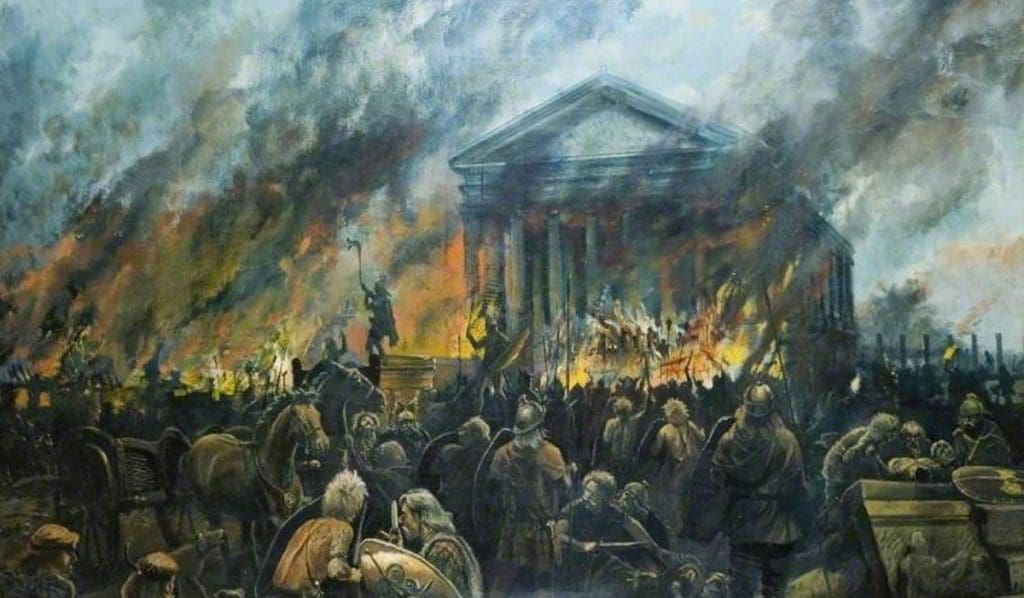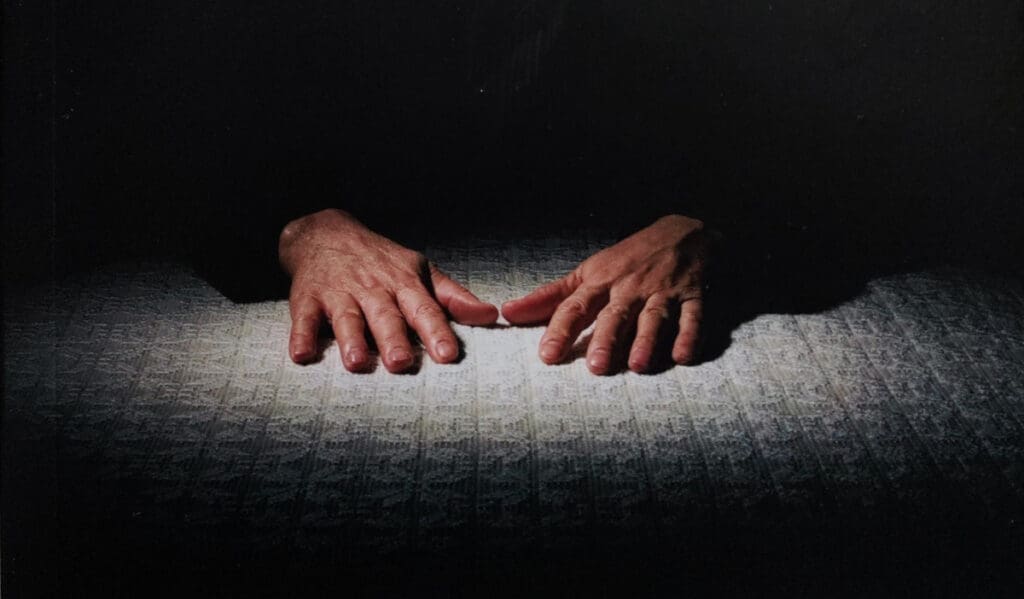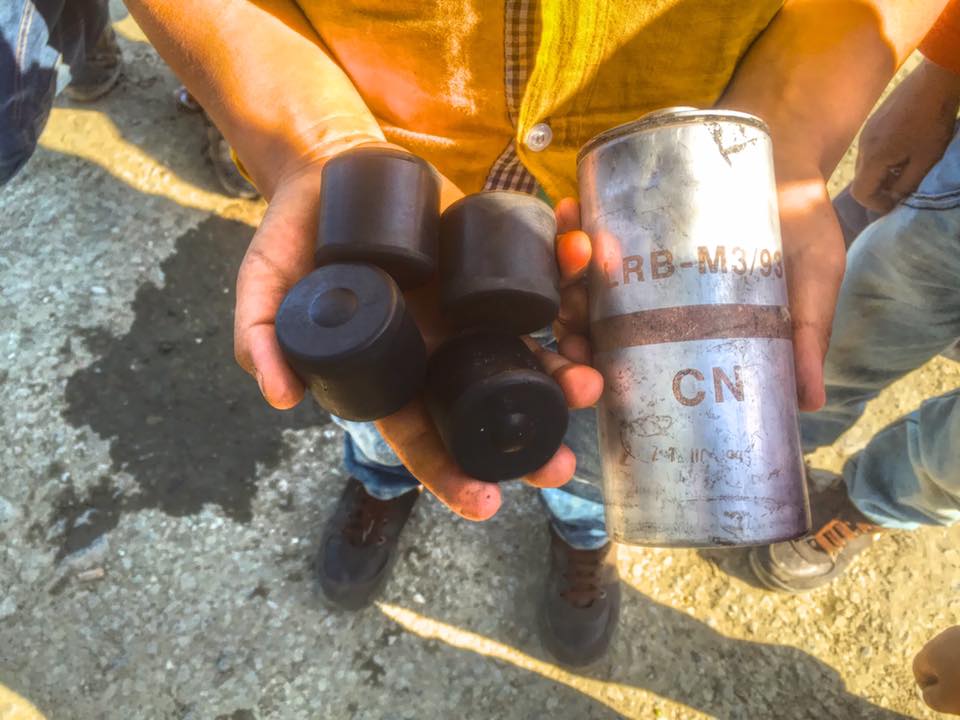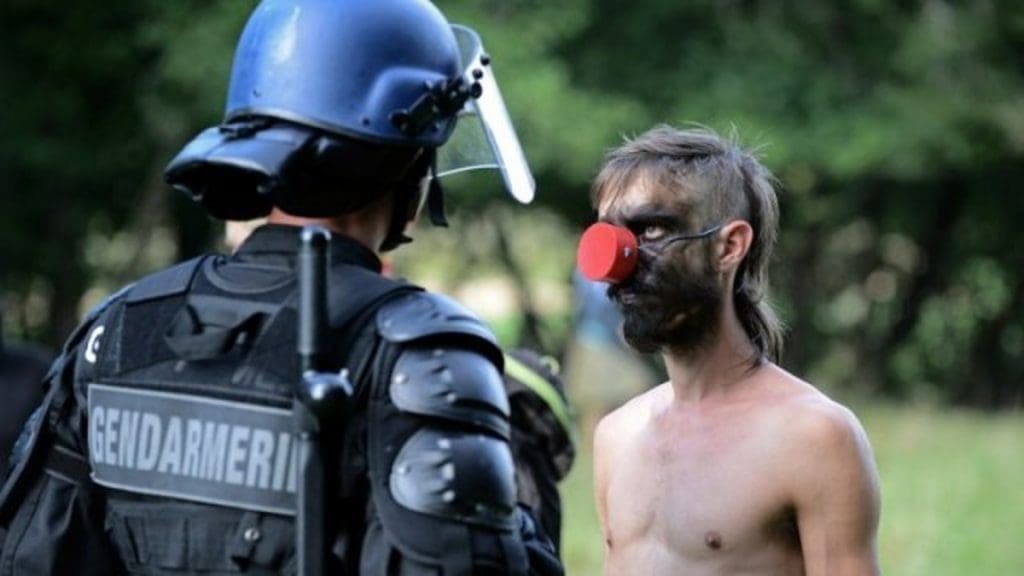Healing Waters
by Elizabeth A. Sutton
6 December 2016
Early in the afternoon on 4 December, we stood holding hands along Flag Road. Youth and elders, veterans and priests, all races, and citizens of many different nations, we stood together to mend the sacred hoop that Black Elk (Oglala Lakota, 1863-1950) understood as the unity necessary for a flourishing people and planet. I inhaled the smell of sage and hemlock as sacred smoke passed over us. It was sunny, but cold. My toes were numb in my boots, but my hands, held by others, were warm. We chatted easily among ourselves, waiting for direction from the elders. A bearded man ran by, yelling “It’s been denied! It’s over! The Army Corps denied the easement!” We dropped each other’s hands.
Earlier that morning, Sacred Stone camp resident Jason and I had walked from there to the main camp of Oceti Sakowin to attend an interfaith day of prayer. After the attacks by the Morton County Sheriff’s Department against water protectors on 20 November, Chief Arvol Looking Horse, Keeper of the White Buffalo Calf Pipe Bundle, reached out to Karen van Fossan, minister at the Bismarck-Mandan Unitarian Universalist Church, to help call people to join him and all protectors at Standing Rock for an Interfaith Day of Prayer. The response was huge. Dozens of religious leaders came from around the world to share prayers, songs, stories, and wisdom for the Standing Rock Lakota’s peaceful protection of the waters of the Missouri and Lake Oahe (see my prior reflection for more background).
Hundreds gathered with us that morning at the sacred fire. Elders from indigenous tribes in the US and Canada spoke and sang prayers of protection and peace. Leaders from Methodist, Episcopalian, Quaker and Jesuit Christian denominations expressed support and prayed. A Jewish rabbi, a Muslim from Iran, Hindus from India, and a Buddhist from Vietnam each provided songs and words of wisdom from their traditions. Philosopher Cornel West and members of the American Indian Movement spoke eloquently on the tradition of nonviolent resistance. West noted that prayer is a form of reverence and a form of resistance. An AIM activist said that he was impressed by the gathering here. He said that when he was younger, the only way he knew how to get the US government’s attention was to shoot guns in the air.
The resistance to the Dakota Access Pipeline at Standing Rock is based on the conviction that peaceful, collective prayer can protect the water. This particular event, and indeed, the camps’ community, are not only about collective, prayerful protection; they are also about healing.
Healing the Colonial Legacy
My feet crunched in the snow, and I warmed as I smelled coffee mingled with the burning sage a healer passed over each of us. I listened among the throng.
Healing comes from nature, from water, from earth. The fire that burns the plants created in water and earth creates a healing smoke. We stood on snowy earth, in smoky air, to heal the water, so to heal ourselves. Healing the water, earth, and relationships between humans, animals, and earth necessitates processing and healing the legacy of colonization. As one elder at the ceremony noted, healing means unlearning lies, accepting that we have been lied to, and learning the truth. West asserted that the first Original Sin of the US was not slavery, but the dispossession of indigenous life and land. Both, obviously, are based on a model of ownership and societal ideas about what can be owned, and by whom. Artist Jenny Holzer’s LED sign “Private Property Created Crime,” displayed in New York’s Times Square in 1982, was only ironic in its placement. Violence comes from the hubris of humans thinking they can own and subdue earth, water and sky. But, as the elder concluded, we belong to the land.
We become sick when we are asked—or forced—to live in ways that put us in conflict with our source of life—water and earth—and our very selves. We become sick—mentally, physically, emotionally. As Second Water Woman Mary intoned, our bodies are blankets that clothe our spirits and and allow us to connect to Father Sky and Mother Earth. We stand on sacred ground, and we can use our bodies to walk away from anger, and gain energy from the creator as we walk. But, she said, if we walk with anger, we walk into the beast.
The community and the cause of Standing Rock is a touchstone for people to rejoin the sacred hoop, to walk together and regain life and positive energy. Think of the most remarked-upon groups taking part in this community: veterans and young people.
Traumatized veterans of US imperial and colonial wars seek healing. As we stood around the sacred fire, three coach buses full of US veterans arrived. Since the beginning of December, colleges and churches on both Standing Rock and Cheyenne River reservations have provided staging grounds for the hundreds—then thousands—of veterans who came to Standing Rock to support the water protectors. This is huge. Veterans came to support and to heal. They came to make amends and to mend themselves.
Disenfranchised youth also seek healing. Suicide rates on reservations are the highest in the nation (and after accidental injury, suicide is the leading cause of death for youth ages 15-35 across the US generally).i At the mid-sized state university where I work, we have lost four bright young people to suicide in less than two years. If in the 1950s parents could assume that their children would be more educated and financially secure than them, this is no longer the case (and was never the case on reservations). There are young people everywhere who cannot afford college, or are alienated from the educational system early, perhaps because they are perceived as different—they do not conform to the dominant models of white, heterosexual, and often masculine American norms represented, or don’t want to partake in the testing that affirms dominant white culture. Those that can attend college leave with crippling debt, often with untenable choices: work against their values to pay debts, or search for meaningful work, work that is often undervalued, if not pointedly devalued.
Youth bear the burden of this colonial-capitalist legacy, conflicted in the pathways before them. At Standing Rock and demonstrations around the world, we seek community to mend the hoop, to heal from the alienation of capitalism, the traumas of colonialism and its concomitant violence and oppression, to be alive.
The final elder to speak at the fire that morning called on the President and the US to honor the treaties. He then directed us according to the four directions to spread the word and create the sacred circle around the camp.
We Must Join Hands Again
After releasing our hands, we returned to the sacred fire, where the elders confirmed the announcement that the Army Corps of Engineers had denied the easement that would have allowed Energy Transfer Partners to drill under the Missouri River. Cheers erupted, drumming and dancing commenced. We needed this victory. We needed it as a sign of healing. It is a movement in a direction to mend relations from years of oppression.
But the fight is far from over. Despite the clear decision by the Army Corps of Engineers, Energy Transfer Partners has vowed to continue construction. Any resistance to or interference with capital growth is seen as threatening, and physical as well as psychological violence is used to “protect” the profits of a few. Though the drumbeats of victory dances lodged a joyful rebuke against them, law enforcement and company aircraft hummed continuously overhead through all the songs and prayers: a helicopter buzzed in circles, and the rumbling engine of a low plane provided a dissonant counterpoint. I will never forget this bizarre spiritual discord. We were not permitted to forget that we are being watched, intimidated.
We need the healing power of community action now more than ever. Our message of peace must be constant and clear, and louder than the machines. We must use our communities to spread truth and confront lies. We must join hands again—at Standing Rock, and metaphorically with and for Standing Rock—to protect water, the source of life, that flows among and between us, the fluid blood of the planet that is sustenance for us all. We must join hands again to build the circle, to heal ourselves and mend a hoop that cannot be disrupted.
What you need to do NOW
Stay alert. Be an accomplice in the circle by continuing to learn, and to educate by spreading truth.
DIVEST. This link provides a list of banks funding the pipeline along with a resolution available for download that you can send when you close your accounts: http://lakotalaw.org/action/pipeline-action
Donate to Sacred Stone Camp Legal Fund, to the Oceti-Sakowin Camp, and/or to the Standing Rock Sioux
Featured image taken by the author. This image: MIT archive

i: Data Source: National Vital Statistics System, National Center for Health Statistics, CDC. Produced by: Office of Statistics and Programming, National Center for Injury Prevention and Control, CDC using WISQARS. US Center for Disease Control and Prevention.





